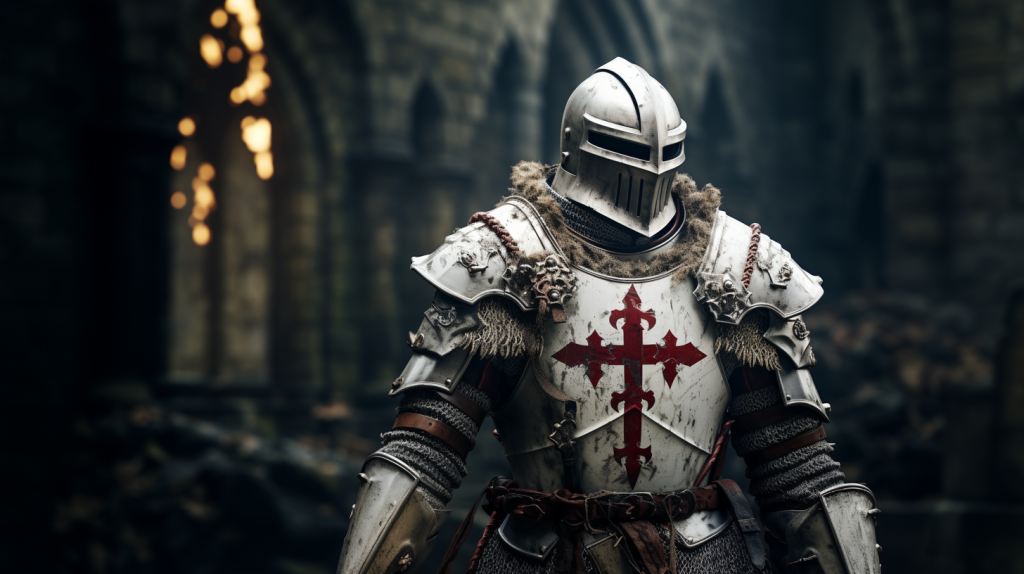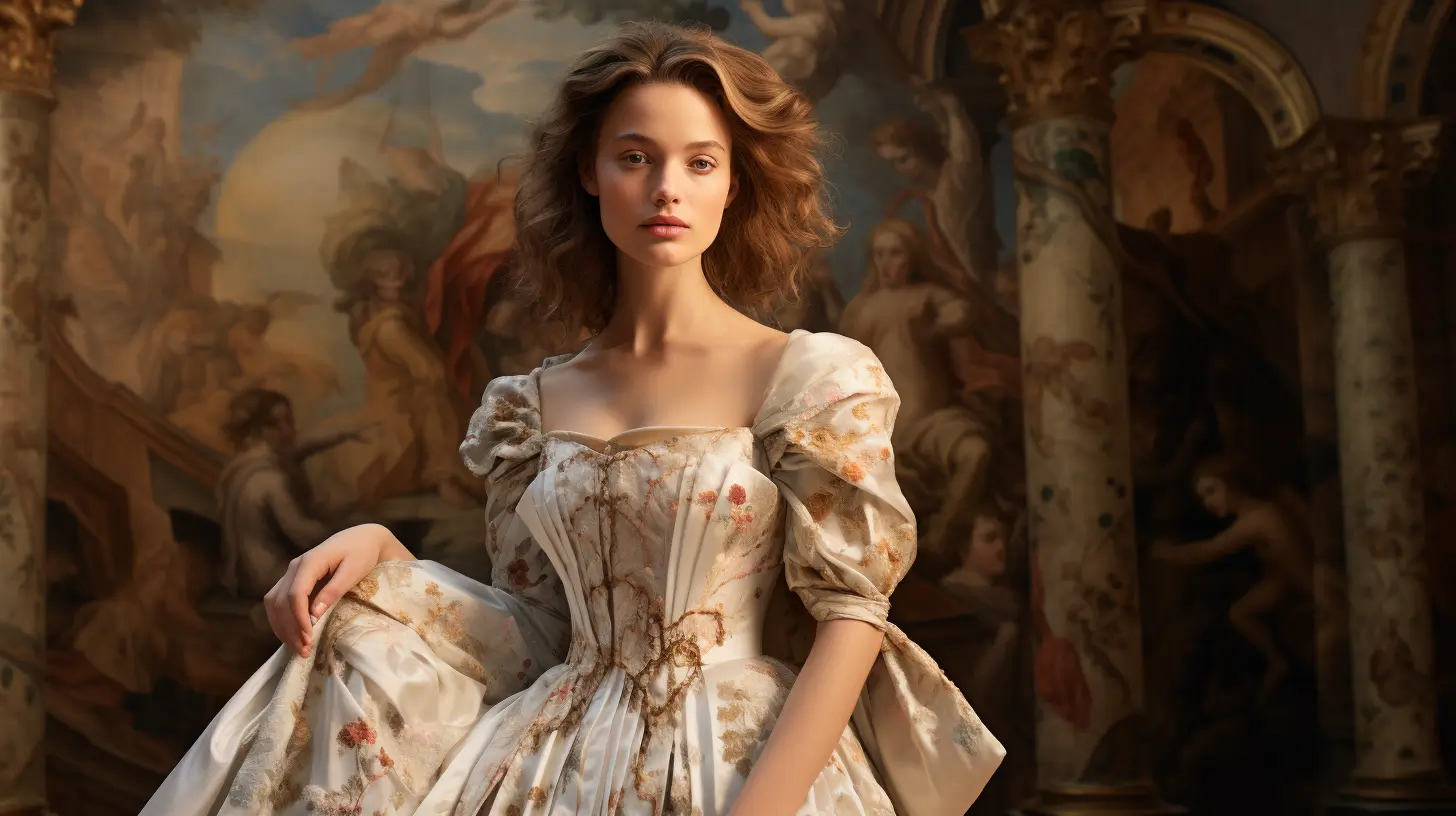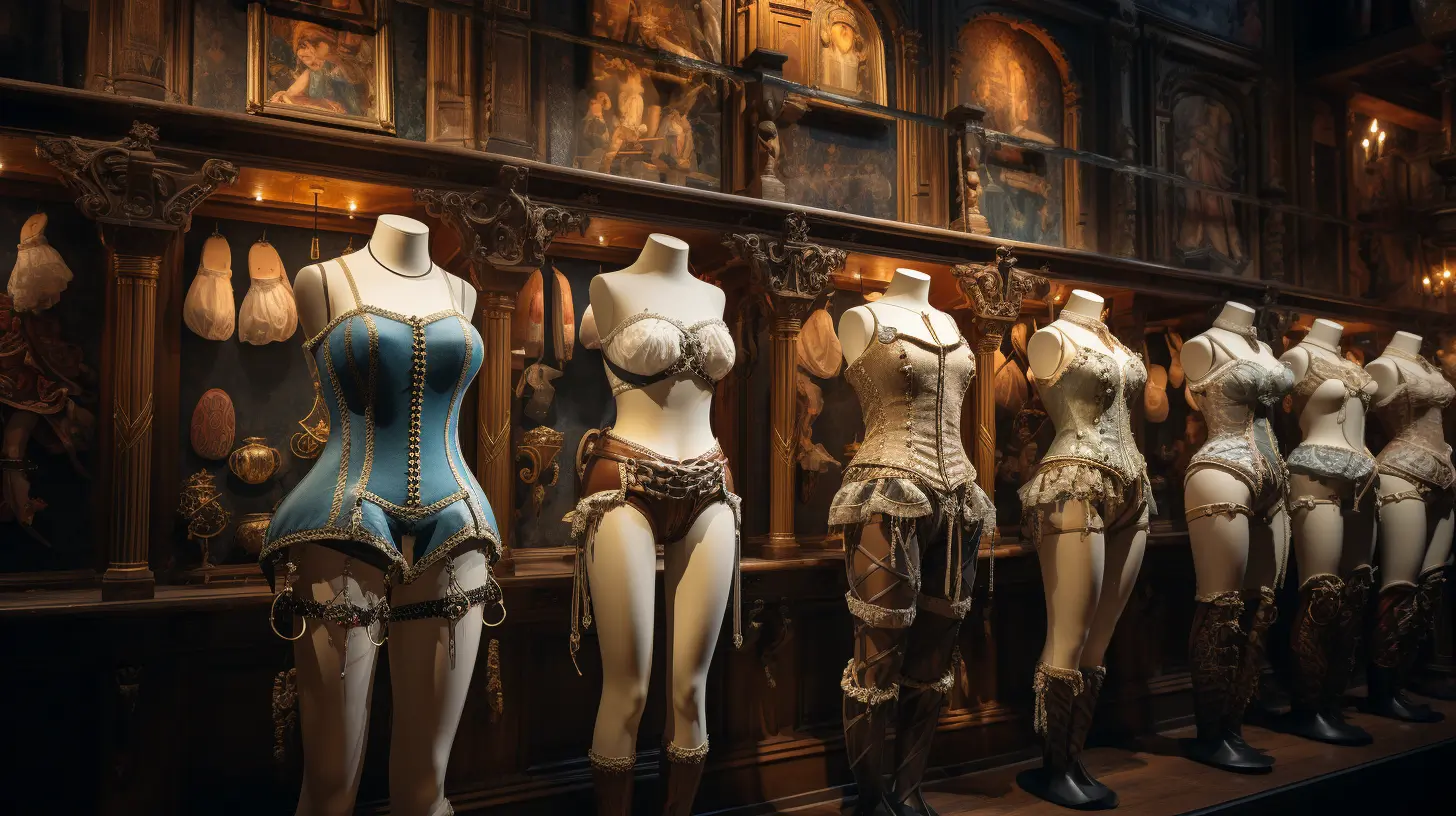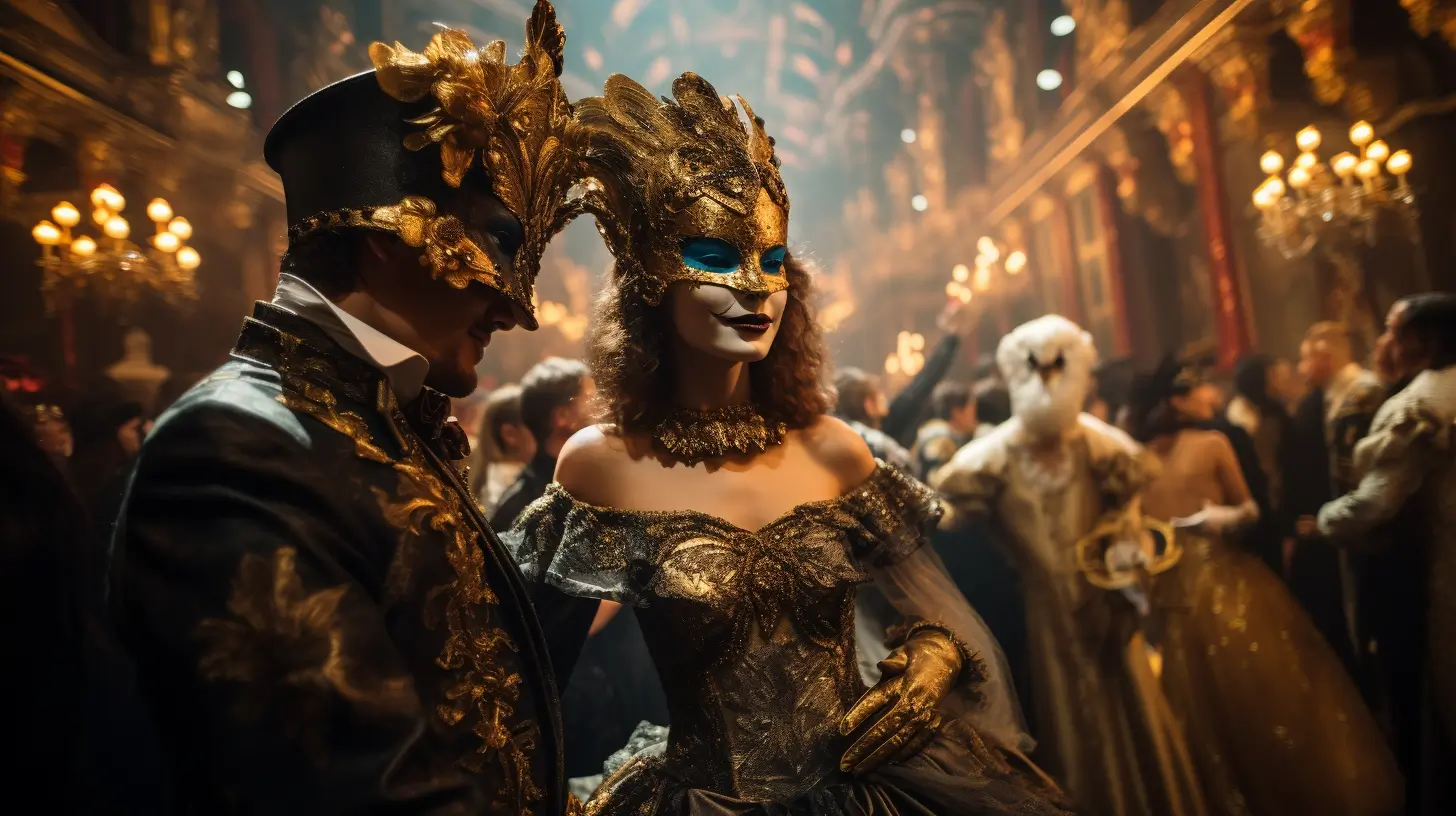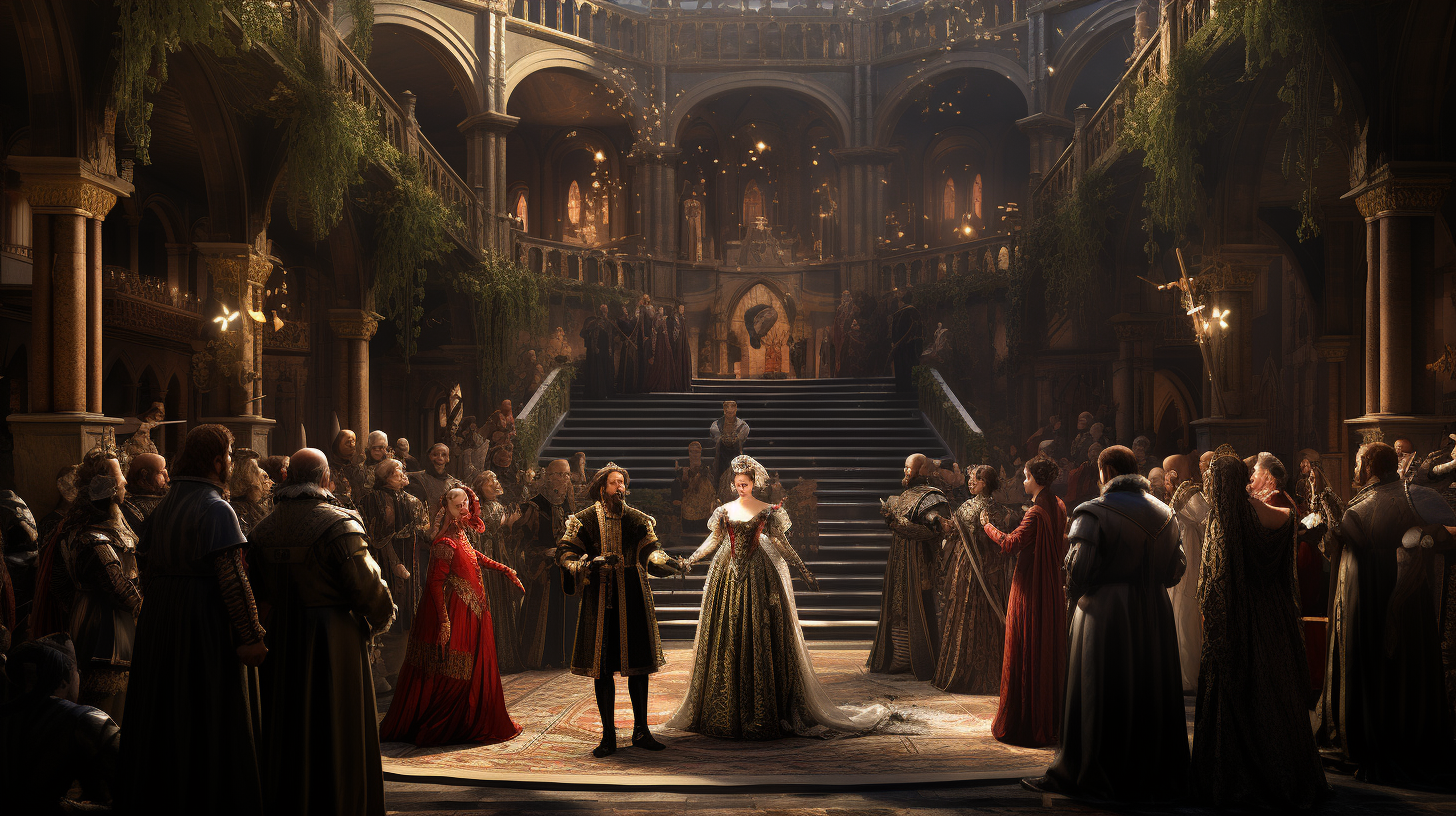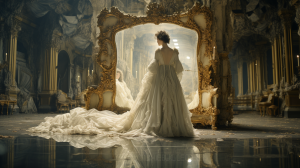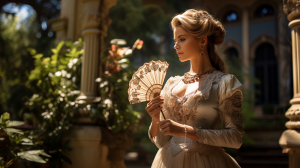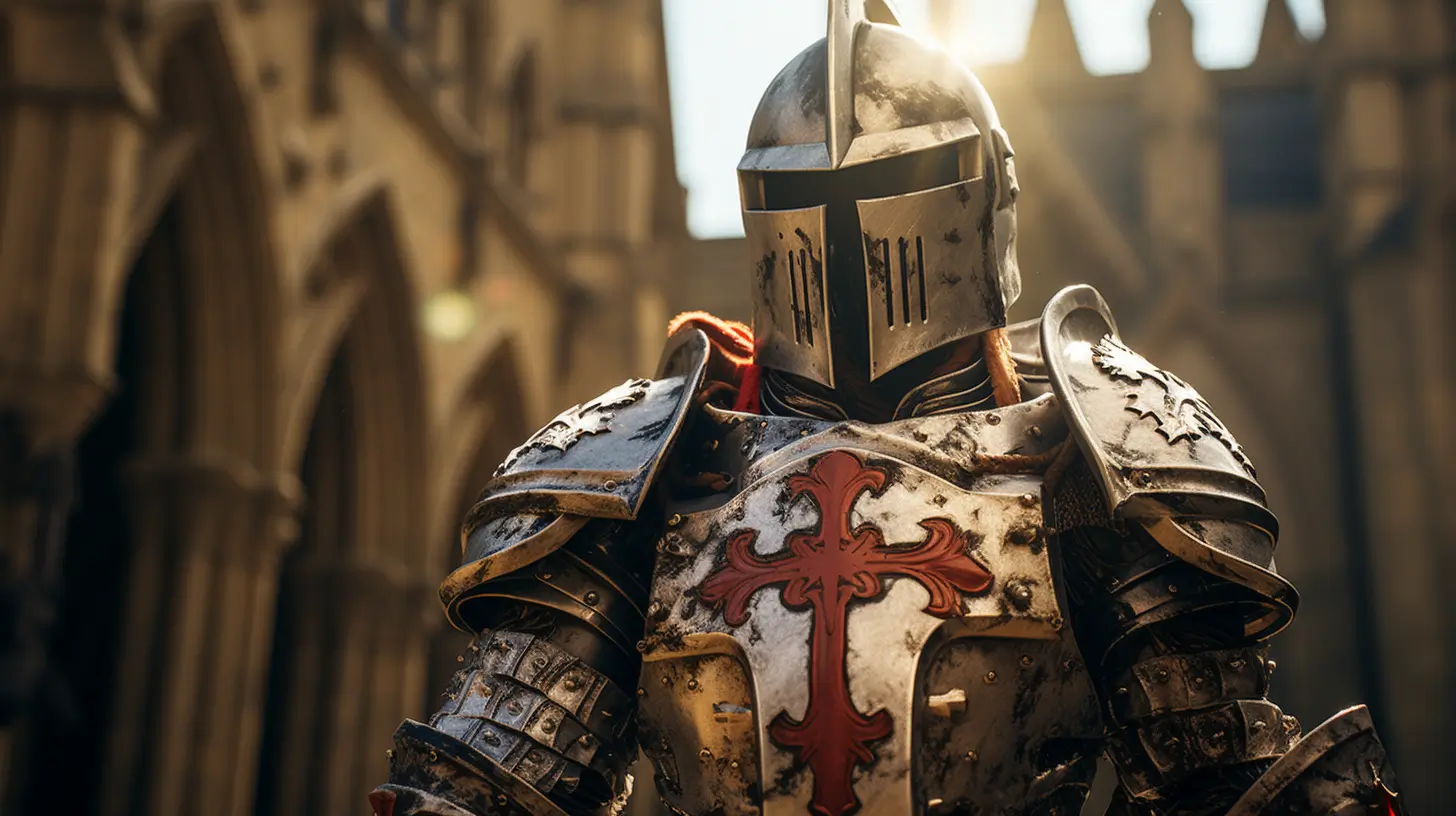
The Knights Templar: Guardians of Faith and Fashion in Medieval Times
Introduction
The Enigmatic Knights Templar: A Prelude
Let’s peel back the dusty veils of history to the times where chivalry wasn’t just a fancy concept, but a code etched in iron and blood. The Knights Templar emerged as a force majeure, an order of warrior monks whose reputation was built on fierce battles and unwavering spiritual fervor. This is no mere yarn spun from medieval threads; their story is one of enigma, where every mail in their armor and stitch in their tunic told a tale of faith and fervor.
The Intersection of Faith and Fashion
In the world of the Knights Templar, fashion wasn’t a mere frivolity; it was the fabric of their identity, woven tightly with their sacred mission. The clothes they donned were as much a declaration of devotion as the oaths they bellowed. Here, amid the clashing of swords and the solemn prayers in cloistered halls, the blend of divinity and design created an aesthetic both stark and resplendent—a mirror of their dual roles as monks and soldiers.
Unveiling the Mystique of Medieval Style
The Templar’s wardrobe was their banner, a statement of belonging and belief. Each thread spun a narrative of the world they inhabited—a world where the starkness of their vows colored the clothes on their backs. From the simplicity of their tunics to the complexity of their ceremonial regalia, each piece was a page in an epic, a testament to the era that bore them.
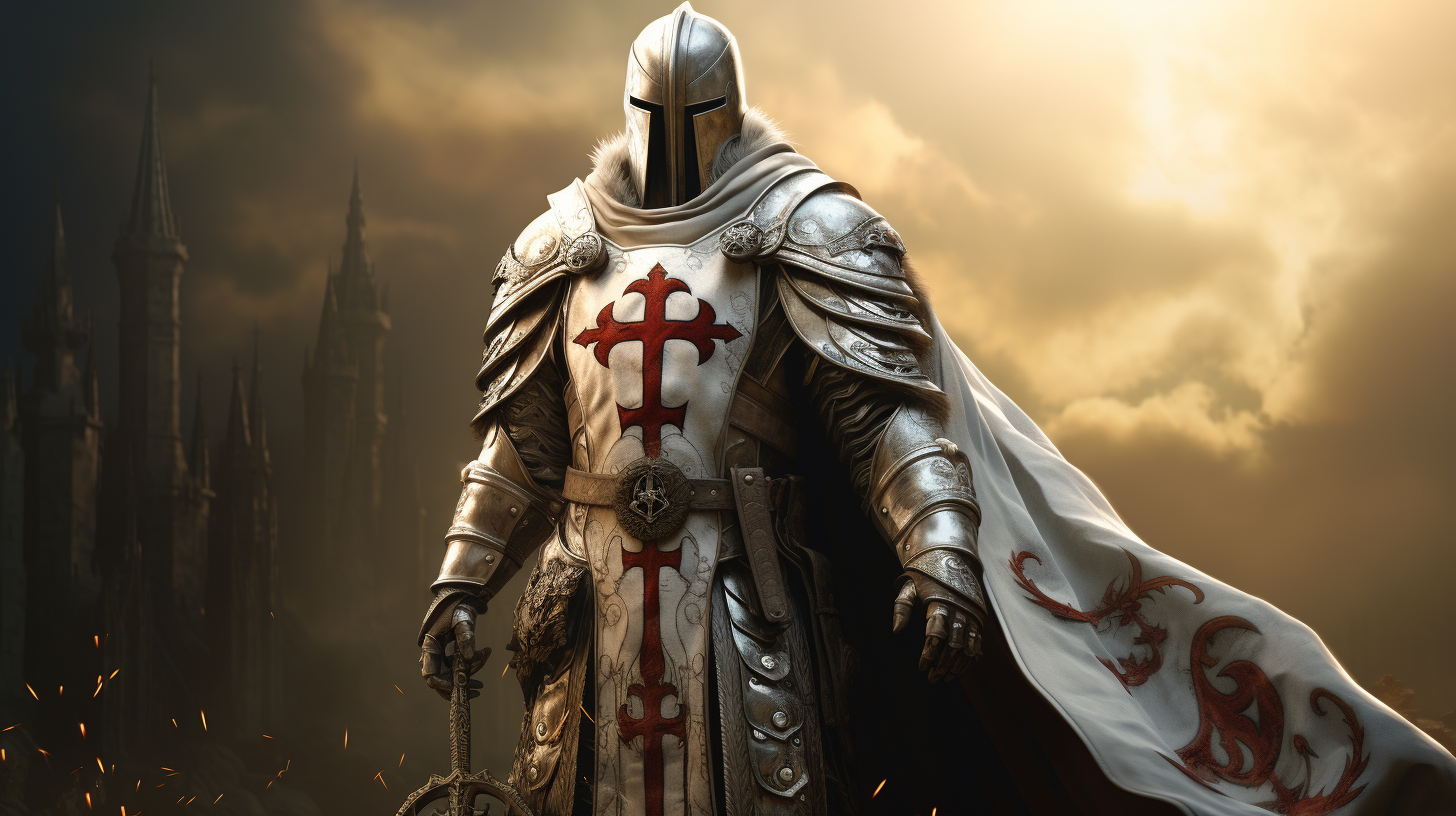
Image a lone Templar knight in the soft light of dawn. His armor is a tapestry of history—dull iron juxtaposed with the burnished silver of his sword’s pommel.
On his chest, a red cross stands out against the stark white of his tunic, a symbol as bold as the beliefs it represents.
The fabric, coarse yet dignified, drapes over his frame, not just armor against foes but against the very temptations of the temporal world.
The chapel around him is adorned with the muted golds and rich blues of medieval tapestries, reflecting the colors of the heavens he battles for. The light filters through stained glass, casting a celestial spectrum across his silhouette, blessing the cold stone floor with hues of a divine palette.
Capture this scene with the reverence it demands—each shadow and ray of light should speak of the sacred, each texture a homage to the hallowed. This isn’t just a snapshot; it’s a gateway to an era where faith was the fashion, and fashion, a suit of faith.
The Birth of the Templar Order
Origins and Religious Underpinnings
The story of the Knights Templar is one that begins not with a clash of swords, but with a vow of peace. In the tumultuous era of the early 12th century, amid the fervor of religious pilgrimage, the Templar Order rose as the custodians of the pilgrim’s path. They were the original band of brothers, united under the banner of faith to safeguard the roads to the Holy Land. Their purpose was as clear as the cause they fought for: protect the faithful, uphold the cross.
The Templar Hierarchical Structure
Like a well-built fortress, the Templar Order was a marvel of strategic construction. At the pinnacle, the Grand Master commanded with the wisdom of a king and the humility of a monk. Below him, a cascade of ranks from Knights to Sergeants formed the backbone of the order, each with a role as crucial as the stones in their fabled temples. Their chain of command wasn’t just about order; it was a reflection of a society where every man knew his place, his duty, his destiny.
The Crusades: A Catalyst for the Templar Existence
The blood-soaked soils of the Crusades were the anvil upon which the legend of the Templars was forged. It was in the fires of conflict that they became more than just monks or soldiers; they became a legend. As the Holy Land turned into a chessboard of power, the Templars carved out their niche, becoming the skilled players in the art of war and diplomacy.
.
The Armor of Faith
Design and Functionality of Templar Battle Gear
It’s one thing to take an oath, but quite another to don the heavy mantle of battle. The Templars knew this duality well. Their armor was their second skin, as vital as the creed they chanted. Chainmail that could turn the edge of a Saracen blade; helmets that gleamed like beacons of hope. It was gear designed not just for protection but for the terror it could instill in the hearts of their foes.
Symbolism in Templar War Attire
Each piece of their war attire was a silent sermon etched in steel. The cross that adorned their surcoats wasn’t merely decorative; it was a potent symbol of their divine mission. This was no vanity project. Every rivet, every buckle held a meaning deeper than the metal from which it was forged, a constant reminder of the spiritual armor they bore against sin and heathenry.
The Evolution of Templar Armor Across the Crusades
As decades passed, the battlefields taught the Templars the bitter lessons of war, and their armor evolved with each bloodied campaign. From the early rings of their mail to the later plate armor, their gear became a living history of their struggle, each change a response to a new threat, each adaptation a stroke of survival in the harsh script of war.
Image Picture the proud figure of a Templar knight, standing defiant on a windswept hill

Image Picture the proud figure of a Templar knight, standing defiant on a windswept hill
The Robes of Piety
The Templar Mantle and Tunic: Colors and Crosses
A Templar’s cloak was more than fabric; it was his flag, his identity. Stark white mantles draped over their shoulders, as if each knight carried a piece of purity amidst the chaos of battle. The crimson cross emblazoned on the front wasn’t just a target for their enemies; it was a badge of honor, a nexus of faith.
Materials and Craftsmanship in Templar Robes
These were not garments tossed together by the hands of the indifferent. No, the wool from the sheep, the flax from the fields were all spun with a purpose, woven with the precision of the truly devoted. This was craftsmanship that spoke of their austerity and their commitment to their cause. Each stitch a prayer, each hem a meditation on their sacred duty.
Daily Wear vs. Ceremonial Attire
In the quiet of the cloister or the solitude of the road, the Templars’ robes were modest, unadorned, allowing them to move unencumbered, to live unostentatiously. But when the trumpets called and the banners unfurled, their ceremonial garb was a sight to behold—a spectacle of devotion and grandeur, an armor of the soul that matched the strength of their steel.

Image Description Templar in his daily wear
The Templar Lifestyle and Dress
Hierarchical Differences in Templar Dress
From the Grand Master to the newest initiate, the Templars understood the power of uniformity but didn’t shy away from the subtle hierarchies expressed through their garb. The higher echelons donned regalia with richer textures and slightly more adornment, a silent testament to their standing. A grand cloak for the master, perhaps, with a cross that seemed to catch the light and hold it.
Dressing the Templar: A Daily Ritual
For a Templar, donning his attire was a ritual as rigorous as any military drill. Each piece of clothing was layered with intention, wrapped and secured as if it were armor for the spirit, a daily reaffirmation of vows. The cinching of a belt wasn’t just to hold a sword; it was a reminder of their vow of poverty and their earthly mission.
The Influence of Religious Mandates on Templar Fashion
The church’s mandates were more than spiritual directives; they were woven into the very fabric of Templar attire. Modesty and utility were paramount, ostentation was shunned. Yet within these constraints, the Templars managed a commanding presence, a silent roar of faith in a sea of silence.
Symbols and Insignia
The Red Cross: Meaning and Mythos
The stark, potent symbol of the Templar order was the red cross, an emblem worn with a pride that bordered on the religious. Stitched into the fabric of their tunics, it was more than a marker of identity; it was a talisman, a piece of the sacred, that each Templar carried into the fray.
Seals and Emblems: Identifying Templar Status
The subtle language of seals and emblems was the Templar’s calling card, a complex visual shorthand that spoke of rank, chapter, and allegiance. More than just decorative, these marks on wax and cloth were the silent sentinels of identity in a time when few could read the written word.
Templar Symbols in Contemporary Fashion
Today, the Templar symbols have transcended their martial beginnings, becoming motifs in the tapestry of contemporary fashion. They bring a touch of historical gravitas, a flair of ancient mystery, to modern styles, proving that some symbols are timeless in their appeal.
Image Description for Photoshop
Imagine a scene where the past bleeds into the present. In the foreground, a Templar knight in resplendent armor, the red cross emblazoned on his chest, stands solemnly. His sword’s hilt is intricate, adorned with the seals and emblems of his order. In the background, shadowing the knight, we see the silhouette of a modern man on a bustling city street, wearing a sleek, designer jacket with the same cross stitched into the fabric.
Between them, an ethereal mist blurs the lines of time, merging medieval chivalry with contemporary fashion. The knight’s emblematic cross and the modern man’s stylish badge are aligned, suggesting a bridge across the centuries. This image should capture the enduring legacy of Templar symbols, their weight in history, and their chic reimagining in today’s world.
The Women of the Order
Unveiling the Presence of Women in the Templars
Within the veiled narratives of history, women in the Templar order were like whispers among shouts. Rarely front and center, they were nonetheless pivotal, a presence that though not always recorded, was certainly felt.
The Attire of Templar-associated Noblewomen
The noblewomen who brushed shoulders with the Templars often wore their wealth, quite literally, on their sleeves. Their attire was a tapestry of the times, woven with the richness of their status and the subtle influence of Templar austerity.
Influences and Contributions to Female Medieval Fashion
The impact of Templar simplicity on medieval fashion was like a stone in water, rippling outward. For the women of the age, this influence could be seen in the cut of a hem, the fall of a robe, suggesting that the order’s reach extended beyond the battlefield to the very boudoirs of power.
The International Influence
Templar Interactions with Eastern Cultures
When the Templars ventured beyond their Western enclaves, they didn’t just encounter new adversaries; they met new aesthetics. The East held a treasure trove of silks, dyes, and designs—each interaction threading a new stitch into the fabric of their attire.
The Exchange of Fashion: East Meets West
These encounters sparked a sartorial exchange that transcended the boundaries of war. The Templars, ever pragmatic, adopted elements of Eastern style not just for their exotic appeal but for their practical superiority in the rigors of Eastern climates.
The Templar Impact on European Dress
As they wove their way back into European society, the Templars brought with them more than tales of conquest. They carried the cut of Byzantine brocade, the whisper of Saracen silk—subtly weaving the East into the West’s wardrobe.

Image a grand hall where East and West converge.
Unraveling the Templar Dress Code
The Regulation of Clothing: Sumptuary Laws and Restrictions
The world of the Templars was not free from the grasp of governance—sumptuary laws tightly laced the fabric of their society, dictating hues and cuts. These regulations were not mere fashion statements but a complex code of conduct and a public declaration of one’s station and piety.
The Hidden Language of Templar Garments
Like a well-guarded cipher, the Templar garments spoke a secret language. A cloak could tell a story, a color could define a role, and every thread was a silent sentinel of status. Unearthing their meaning is like walking through a maze of moral and martial symbolism.
Decoding the Templar Dress Through Illuminated Manuscripts
To decode the ancient wardrobe of the Templars, one must turn the pages of history—illuminated manuscripts serve as a window into the silent conversations of their clothes. Here, ink and pigment play on parchment to reveal the nuanced narratives woven into the very threads of Templar society.
Image a dimly lit scriptorium, where a single ray of light falls upon an open manuscript.
Crafting the Templar Look: Historical and Modern Interpretations
The Process of Replicating Templar Garb
Crafting the Templar look demands more than a stitch in time; it’s a deep dive into the annals of history, a meticulous study of fabric and form. Artisans and historians alike embark on a quest to resurrect the armor and robes with an authenticity that transcends centuries.
Templar-inspired Collections in Modern Design
On the runways, echoes of the Templar’s austere elegance are being reimagined. Designers, armed with their contemporary arsenal, stitch the past into the present with collections that pay homage to the storied silhouettes of the medieval monastic knights.
Re-enactment and the Pursuit of Authenticity
In the world of re-enactment, authenticity is the holy grail. Enthusiasts are not just donning costumes; they are armoring themselves in history. With each rivet and seam, they become temporal alchemists, turning cloth and metal into living history.
